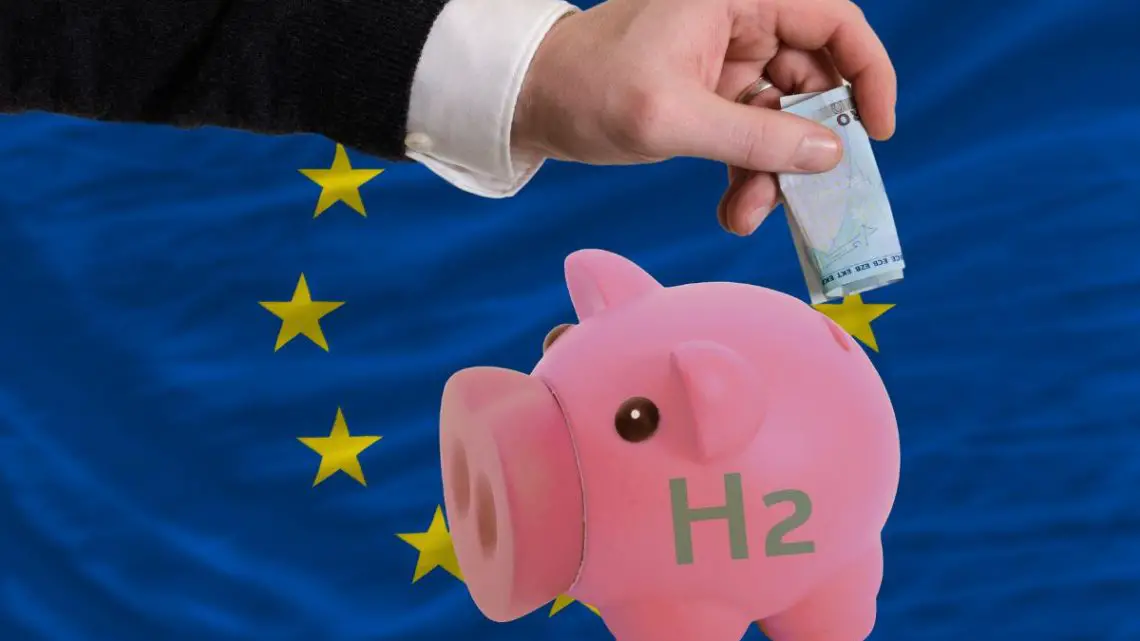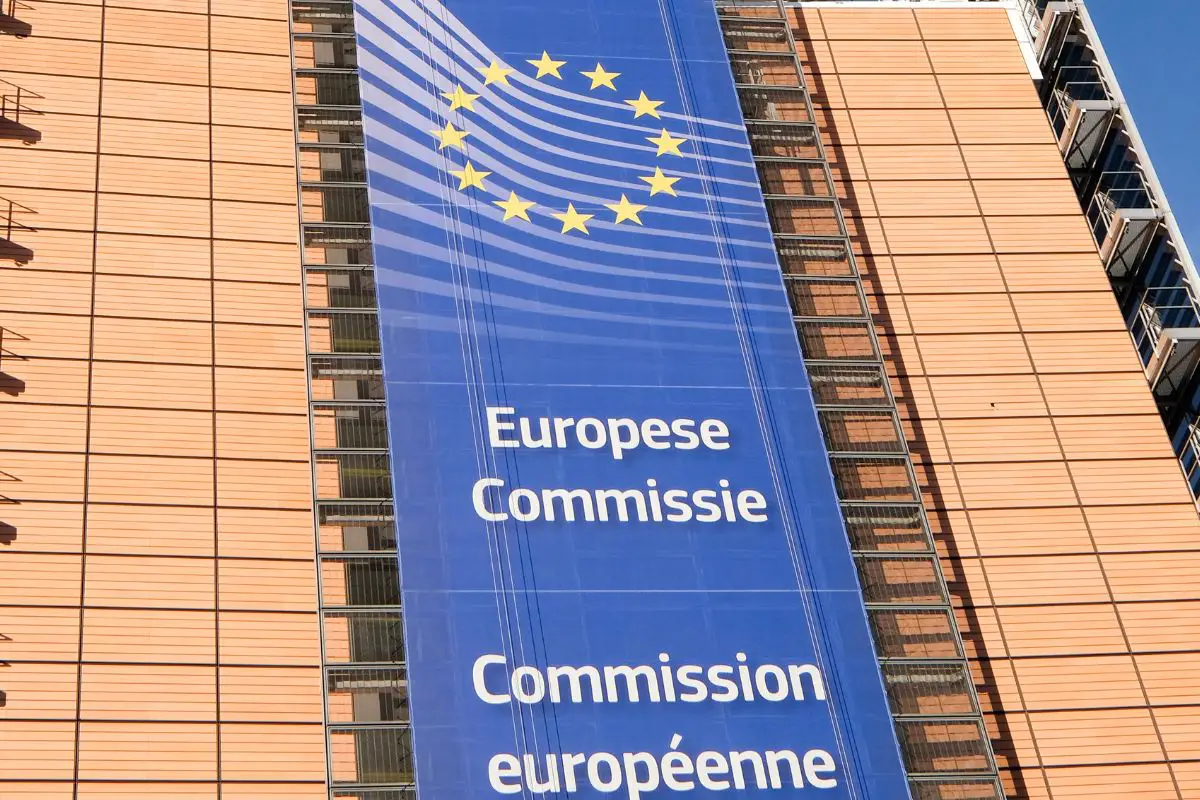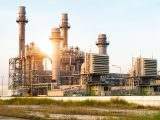
Green hydrogen projects get another $5.2B from EU
October 6, 2022The European Commission has approved the additional funding to advance clean H2.
The EU has already been building a massively competitive portfolio of green hydrogen projects and has now added an additional $5.2 billion in funding to boost and accelerate that effort.
The region has been establishing a number of substantial clean H2 plants with plans to develop its market.
The EU has been pushing forward with green hydrogen projects to help them to get off the ground and establish a healthy H2 economy. At the core of its effort include massive funding and enhanced policies for the production of renewable H2, which are expected to further grow the sector. Still, the International Energy Agency (IEA) maintains skepticism regarding the EU’s ambitious 2030 hydrogen targets.

The European Commission (EC) has now given its approval to another $5.2 billion in funding for renewable H2-based projects throughout the region. The investment is expected to draw private funding worth about $6.8 billion. There will be 13 member states providing funds for the IPCEI Hy2Use project, which will provide support for 29 businesses pursuing 35 projects. The European Commission explained that they will also be developing “large-scale electrolysers and transport infrastructure, for the production, storage and transport of renewable and low-carbon hydrogen.”
The green investment includes all forms of H2 but intends to place a greater focus on green hydrogen projects.
Margrethe Vestager, an EC executive vice president, predicts that the new funding will bring an additional 3.5 GW of electrolysis capacity. As a result, there will be “an output of approximately 340,000 tons of renewable and low-carbon hydrogen per year,” said Vestager.
The latest investment is expected to play a vital role in reaching the EC’s 80 GW green hydrogen electrolyzer capacity target for Europe by 2030. Ursula von der Leyen, EC president, underscored the European Commission’s “2030 target to produce ten million tons of renewable hydrogen in the EU, each year,” when she made her State of the Union address. She went on to say that, “To achieve this, we must create a market maker for hydrogen, in order to bridge the investment gap and connect future supply and demand.”
A number of renewable H2 projects have already launched in the region, including large-scale electrolyzers that will begin operations at some point in 2024 to 2026. Additional electrolyzers will also be going online in 2026 or 2027. The IPCEI Hy2Use program will conclude in 2036.
Green hydrogen projects haven’t just received funding in the EU but also supportive regulations.
Beyond the EU’s approval to send more money to green hydrogen projects, it has also been working on the introduction of regulations that will be favorable for supporting H2 production. The European Parliament (EP) recently voted an amendment into action for the Renewable Energy Directive II (RED II). This eliminated “additionality” requirements at the level of the European Union. It also introduced binding renewable H2 production targets.
The green hydrogen project target is to have renewable H2 comprise 5.7 percent of all fuels by the close of this decade, as introduced in RED II. It has also drawn industry targets, saying that industrial fuels will be made of 50 percent renewable fuels of non-biological origin (RFNBOs) by the end of this decade. That proportion will rise to 75 percent by 2035.
To accomplish this goal, the European Union’s green hydrogen projects will need to produce between nine and 10 tons of clean H2.
The EP also dumped a component of RED II that had become controversial, known as the Delegated Act. The Delegated Act would have made it a requirement for all EU green hydrogen producers to have to obtain their electricity from dedicated renewable energy sources. This would also have meant that the projects would be permitted to receive electricity through the grid only when it has been offset by a dedicated renewable supply within the hour. That rule has been changed so that clean H2 producers will be able to use the electric grid provided that they are able to verify it as renewable through a power purchase agreement (PPA).
Article Summary…
-The European Commission has approved the additional funding to advance clean H2.
-The EU has already been building a massively competitive portfolio of green hydrogen projects and has now added an additional $5.2 billion in funding to boost and accelerate that effort.
-The region has been establishing a number of substantial clean H2 plants with plans to develop its market.
-The EU has been pushing forward with green hydrogen projects to help them to get off the ground and establish a healthy H2 economy.
-At the core of its effort include massive funding and enhanced policies for the production of renewable H2, which are expected to further grow the sector.
-Still, the International Energy Agency (IEA) maintains skepticism regarding the EU’s ambitious 2030 hydrogen targets.
-Large-scale electrolyzers for producing hydrogen gas (H2) will be operational in the EU by 2024 or 2026.
-More electrolyzers will come online in 2026 or 2027.
-The IPCEI Hy2Use program will conclude in 2036.
-The European Parliament recently voted on an amendment that eliminated “additionality” requirements for renewable energy and introduced binding renewable targets.



 With over 15 years of reporting hydrogen news, we are your premier source for the latest updates and insights in hydrogen and renewable energy.
With over 15 years of reporting hydrogen news, we are your premier source for the latest updates and insights in hydrogen and renewable energy.
Well Done EU! Your energy future will be amazing. Working together will accelerate a hydrogen economy for all 13 Member States. Can you imagine a world with endless energy. We are on your way.
Energy for the world